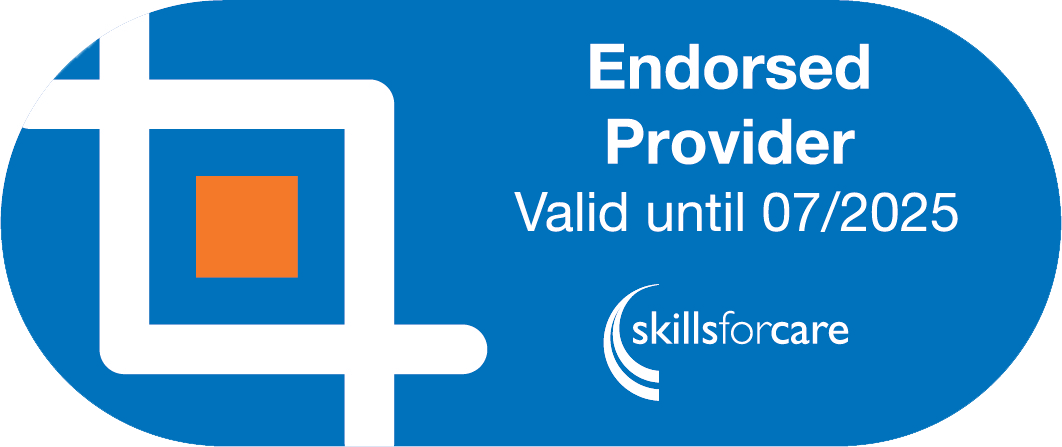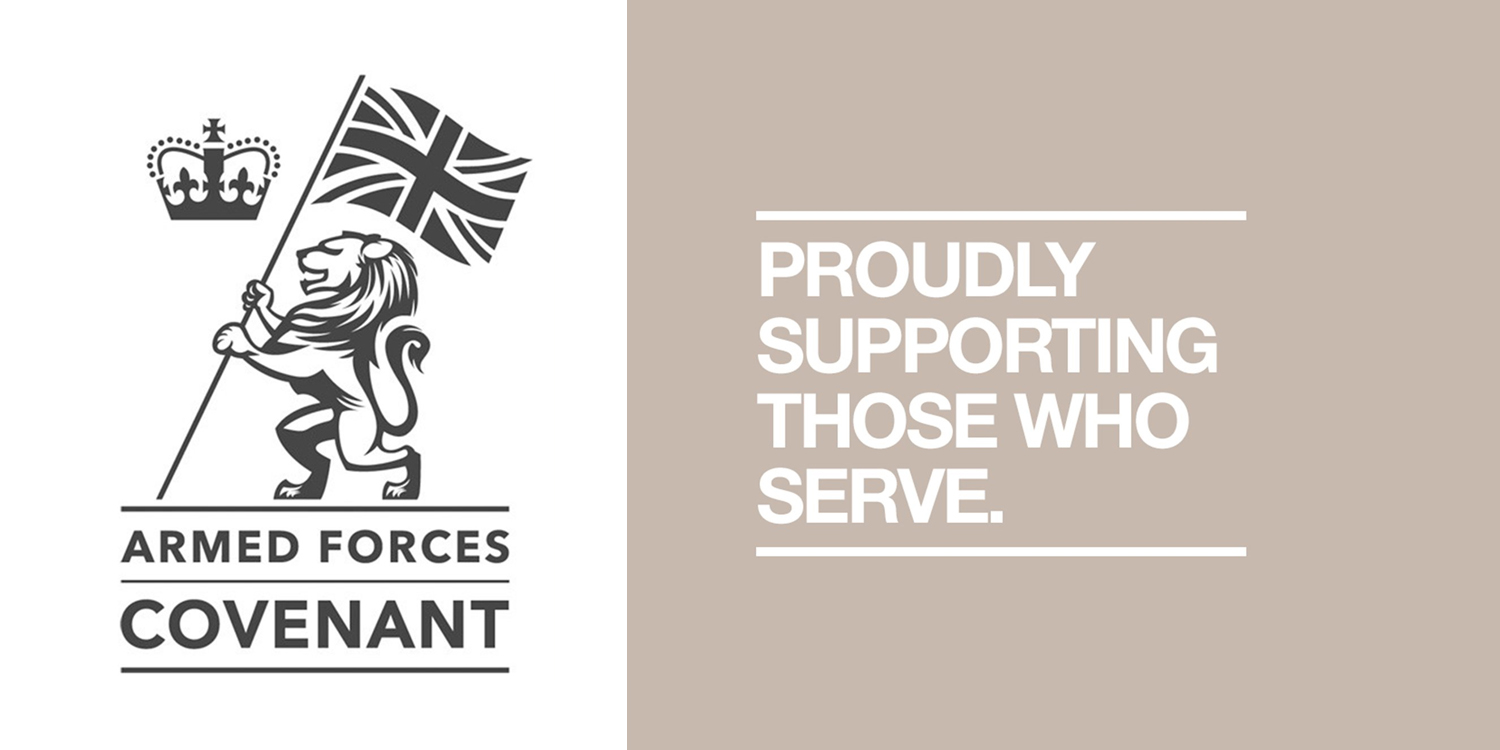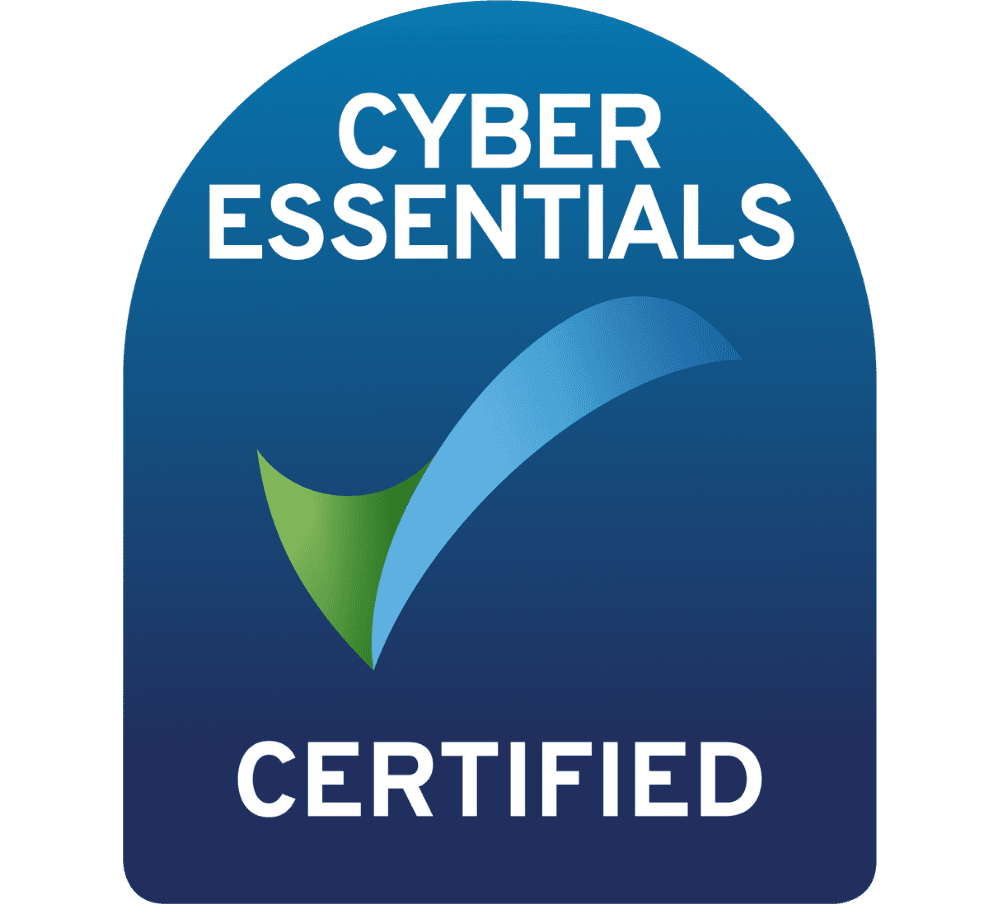A CV is not just a list of your qualifications and experiences; it’s a powerful tool that showcases your skills, achievements, and suitability for the role. Here’s your guide to creating a CV:
1. Understanding the Purpose of a CV
- A CV is a document that summarises your educational background, work experience, skills, achievements, and interests.
- It serves as your personal advertisement, presenting you as the ideal candidate for a specific job or opportunity.
- A well-written CV can open doors to job interviews and career advancement opportunities.
2. Structuring Your CV
- Personal Information: Include your full name, contact details (phone number, email address), and optionally, your address.
- Personal Statement/Objective: A brief overview of your career goals, skills, and what you can bring to the role.
- Education: List your academic qualifications, starting with the most recent. Include the name of the institution, degree/qualification obtained, and dates attended.
- Work Experience: Detail your work history in reverse chronological order, including job titles, company names, dates of employment, and key responsibilities.
- Skills: Highlight your relevant skills, such as technical proficiencies, languages spoken, and soft skills like communication and teamwork.
- Achievements: Showcase any notable accomplishments or awards relevant to the job you’re applying for.
- Interests/Hobbies: Provide insight into your personality and interests outside of work, demonstrating well-roundedness and compatibility with company culture.
3. Personalise Your CV for the Job
- Read the Job Description Carefully: Identify the key requirements and skills sought by the employer.
- Customise Your CV: Tweak your CV to highlight the qualifications, experiences, and skills most relevant to the job.
- Quantify Achievements: Where possible, use numbers and statistics to quantify your achievements, demonstrating tangible results.
4. Formatting and Presentation
- Keep it Clear and Concise: Aim for a clean, easy-to-read format with clear headings and bullet points.
- Use Professional Language: Write in a formal tone, avoiding slang or jargon.
- Proofread Thoroughly: Check for spelling and grammar errors, ensuring accuracy and professionalism.
5. Additional Tips
- Include Keywords: Incorporate relevant keywords from the job description to enhance visibility to applicant tracking systems (ATS).
- Be Honest: Provide accurate and truthful information, avoiding embellishments or falsehoods.
- Seek Feedback: Ask for feedback from friends, family, or career advisors to ensure your CV effectively showcases your strengths.
Ready to create your CV? Create your CV HERE!








